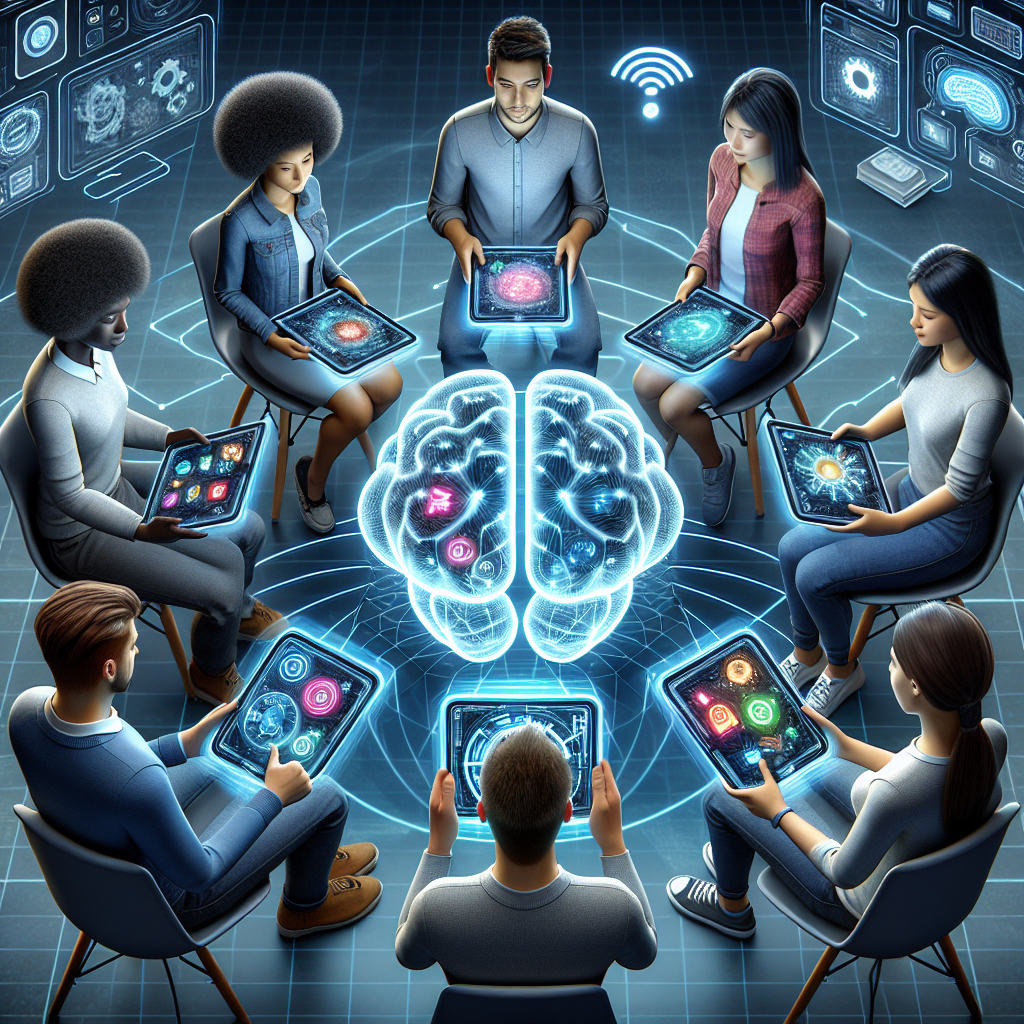With the rapid advancement of technology, artificial intelligence (AI) has become an integral part of various industries, including education. AI democratization in education is reshaping the way students learn, teachers teach, and institutions operate. This transformation is making education more accessible, personalized, and efficient for learners of all ages and backgrounds.
AI democratization in education refers to the process of making AI technologies more widely available and accessible to educators and students. This includes the development of AI-powered tools and platforms that can enhance teaching and learning experiences, automate administrative tasks, and provide personalized support to students.
One of the key ways AI is reshaping education is through personalized learning. AI algorithms can analyze students’ learning styles, preferences, and performance data to create personalized learning paths tailored to their needs. This allows students to learn at their own pace, focus on areas where they need help, and receive targeted feedback to improve their understanding of the material.
AI-powered tools can also help teachers streamline administrative tasks, such as grading assignments, managing student data, and creating lesson plans. This frees up more time for teachers to focus on developing engaging and interactive learning experiences for their students.
Additionally, AI can facilitate collaboration and communication among students and teachers. Virtual classrooms, chatbots, and online tutoring platforms powered by AI technologies enable students to connect with their peers and educators from anywhere in the world, fostering a more inclusive and global learning environment.
Moreover, AI can help identify and address learning gaps early on by analyzing students’ performance data and providing interventions to support struggling learners. This proactive approach to education can help prevent students from falling behind and ensure that they receive the support they need to succeed.
AI democratization in education is also making education more accessible to learners with disabilities and learning differences. AI-powered tools, such as speech recognition software, text-to-speech applications, and adaptive learning platforms, can provide accommodations and support to students with diverse needs, allowing them to participate fully in the learning process.
Furthermore, AI technologies are transforming the way educational institutions operate. Predictive analytics tools can help administrators forecast enrollment trends, allocate resources more effectively, and optimize course offerings based on student demand. This data-driven approach to decision-making can help institutions improve student retention rates, graduation rates, and overall academic performance.
Overall, AI democratization in education is revolutionizing the way we teach and learn, making education more accessible, personalized, and efficient for all stakeholders. By leveraging AI technologies, educators can create more engaging and interactive learning experiences, students can receive personalized support and feedback, and institutions can optimize their operations to better serve their students.
FAQs:
Q: How is AI democratization reshaping the role of teachers in education?
A: AI democratization is not replacing teachers but rather enhancing their roles. AI-powered tools can help teachers streamline administrative tasks, personalize learning experiences, and provide targeted support to students. This allows teachers to focus on developing engaging and interactive learning experiences for their students.
Q: What are some examples of AI-powered tools used in education?
A: Some examples of AI-powered tools used in education include virtual classrooms, chatbots, adaptive learning platforms, and predictive analytics tools. These tools can help personalize learning experiences, facilitate communication and collaboration, and optimize institutional operations.
Q: How can AI democratization make education more inclusive and accessible?
A: AI-powered tools can provide accommodations and support to learners with disabilities and learning differences, making education more inclusive and accessible. Additionally, virtual classrooms and online tutoring platforms powered by AI technologies enable students to connect with their peers and educators from anywhere in the world, fostering a more inclusive and global learning environment.
Q: How can institutions benefit from AI democratization in education?
A: Institutions can benefit from AI democratization in education by leveraging predictive analytics tools to forecast enrollment trends, allocate resources more effectively, and optimize course offerings based on student demand. This data-driven approach to decision-making can help institutions improve student retention rates, graduation rates, and overall academic performance.

